
From the rugged beauty of Tombstone Territorial Park and the historic charm of Dawson City, to the massive chain of southern lakes and the smallest of deserts, there’s no shortage of unforgettable places to see in the Yukon.
Share
The Go Canada team was invited by Travel Yukon to document the change of seasons from summer to fall in the Yukon. As the leaves turned vibrant shades of red and gold, and the crisp autumn air set in, the Yukon transformed into a breathtaking fall paradise. Here is a list of some unforgettable activities and locations to experience. Keep in mind that autumn starts early in the north the best time to visit and witness the change of seasons in the Yukon is between late August and early October.
Flightseeing Adventures
Much of the Yukon’s beauty comes from its vastness. Tundra blankets the earth, while mountains feed powerful river systems that form the veins and lifeblood of the territory and all who call it home. The best way to comprehend the scale of it all and take in these striking landscapes is from the air. We took to the skies with two different operators on tours that showcase the diversity of the landscapes from north to south.

Alpine Aviation’s Southern Lakes and Llewellyn Glacier Tour will take you on a floatplane adventure over one of the world’s most spectacular lake systems. With endless views of vibrant blue waters in both the Yukon and northern British Columbia, you will soar over Lake Bennett, Windy Arm, Tutshi Lake, Tagish Lake and Atlin Lake—the source of the mighty Yukon River. You will also get an up close and personal view of the massive Llewellyn Glacier, and Teresa Island, the tallest mountain Island of any freshwater in North America. With stunning views and exciting landings on crystalline waters, this tour is a once-in-a-lifetime experience.
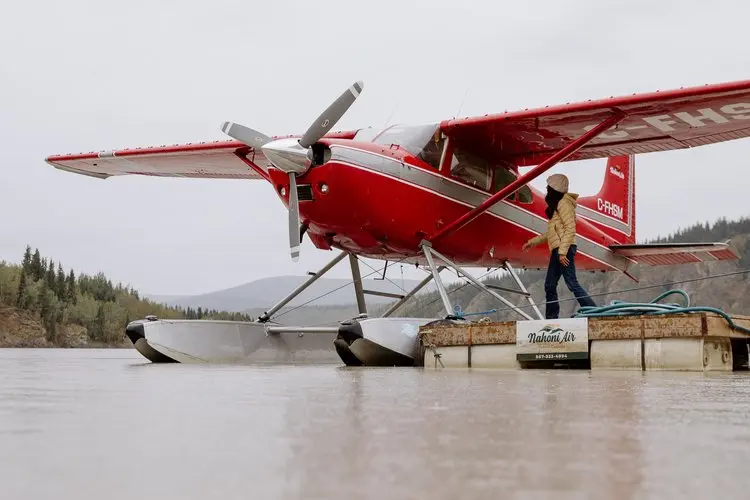
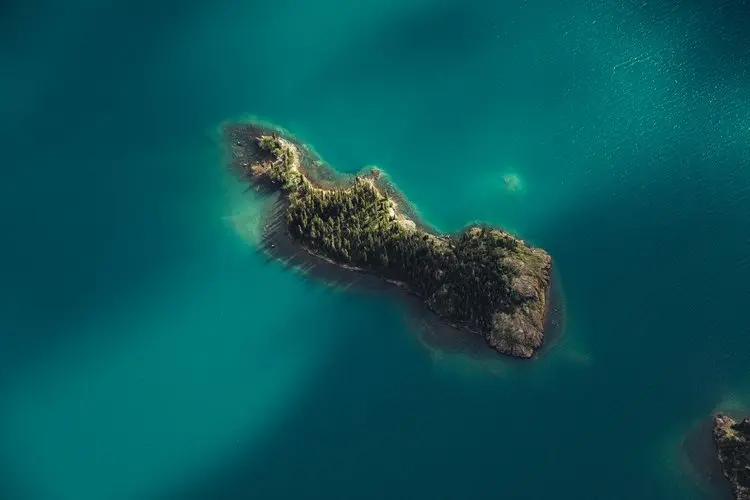
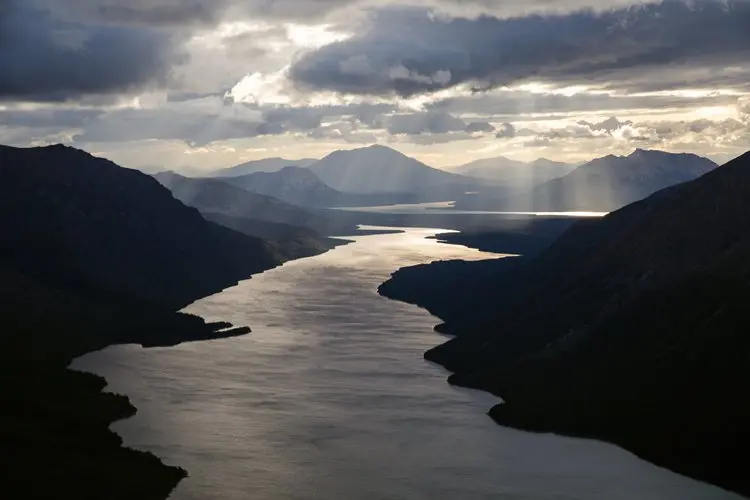
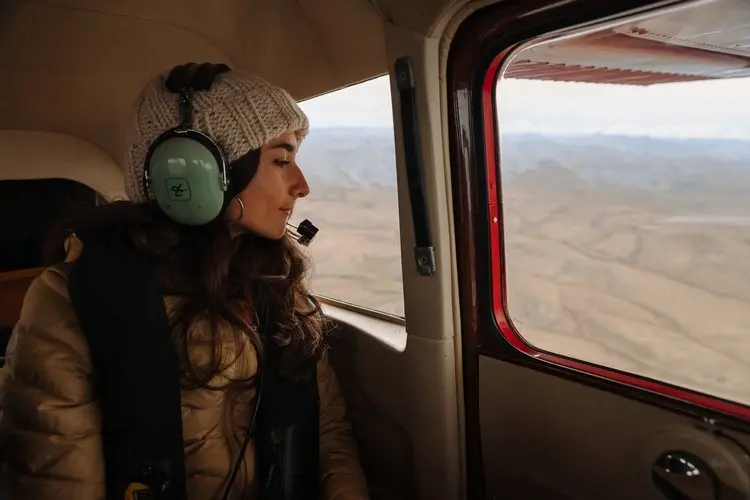

Farther north, Peel Wilderness Adventures offers scenic flights over some of the most remote regions of the territory. We recommend the flights over the Peel Watershed and the mountains of Tombstone Territorial Park. With over 68,000 square kilometres of rugged northern wilderness, the Peel Watershed is one of the largest unroaded natural areas in the world. Larger than the entire province of Nova Scotia, the Peel is teeming with life, anchored by seven crystal-clear rivers. For the three Yukon First Nations who call it home, the pure rivers and majestic mountains of the Peel have provided physical and cultural nourishment since time immemorial.
The limited human disturbance has allowed for unrivalled ecological integrity. Much of Canada’s iconic wildlife thrives in the Peel, from predators like the grizzly, wolf, wolverine and lynx, to ungulates such as moose, Dall sheep and caribou. The Porcupine Caribou make the longest annual land mammal migration on Earth from the wintering grounds in the Peel to their calving grounds in Alaska. If you’re lucky, you may be able to spot wildlife from the air as you fly over dramatic mountain peaks, sweeping sub-Arctic tundra, sprawling alpine meadows and pristine boreal forest. Be ready for a remote landing for a once-in-a-lifetime picnic location north of the Arctic Circle!
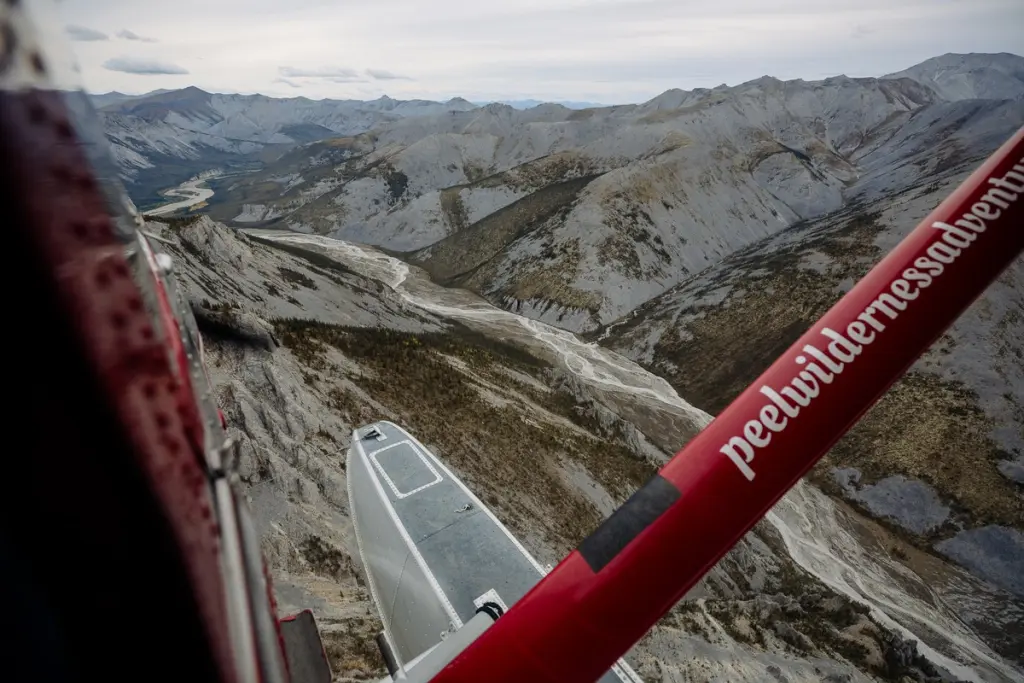
Fort Selkirk Visit with Tutchone Tours
Midway between Whitehorse and Dawson City, Tutchone Tours offers full-day riverboat tours along the Yukon River to the historic outpost of Fort Selkirk. The tour offers a unique opportunity to learn about the rich culture of the Northern Tutchone Indigenous people and hear stories about the establishment of the site as a Hudson Bay Company trading post in 1852. Owner and guide Terri-Lee Isaac is passionate about her ancestral home and is a wealth of knowledge about the region’s history and culture. With family roots in Fort Selkirk and along the Yukon River, she is deeply connected to the land with strong memories of her own childhood. She shared stories about her upbringing, spending significant amounts of time in and around the riverbanks, forests and trappers’ cabins.


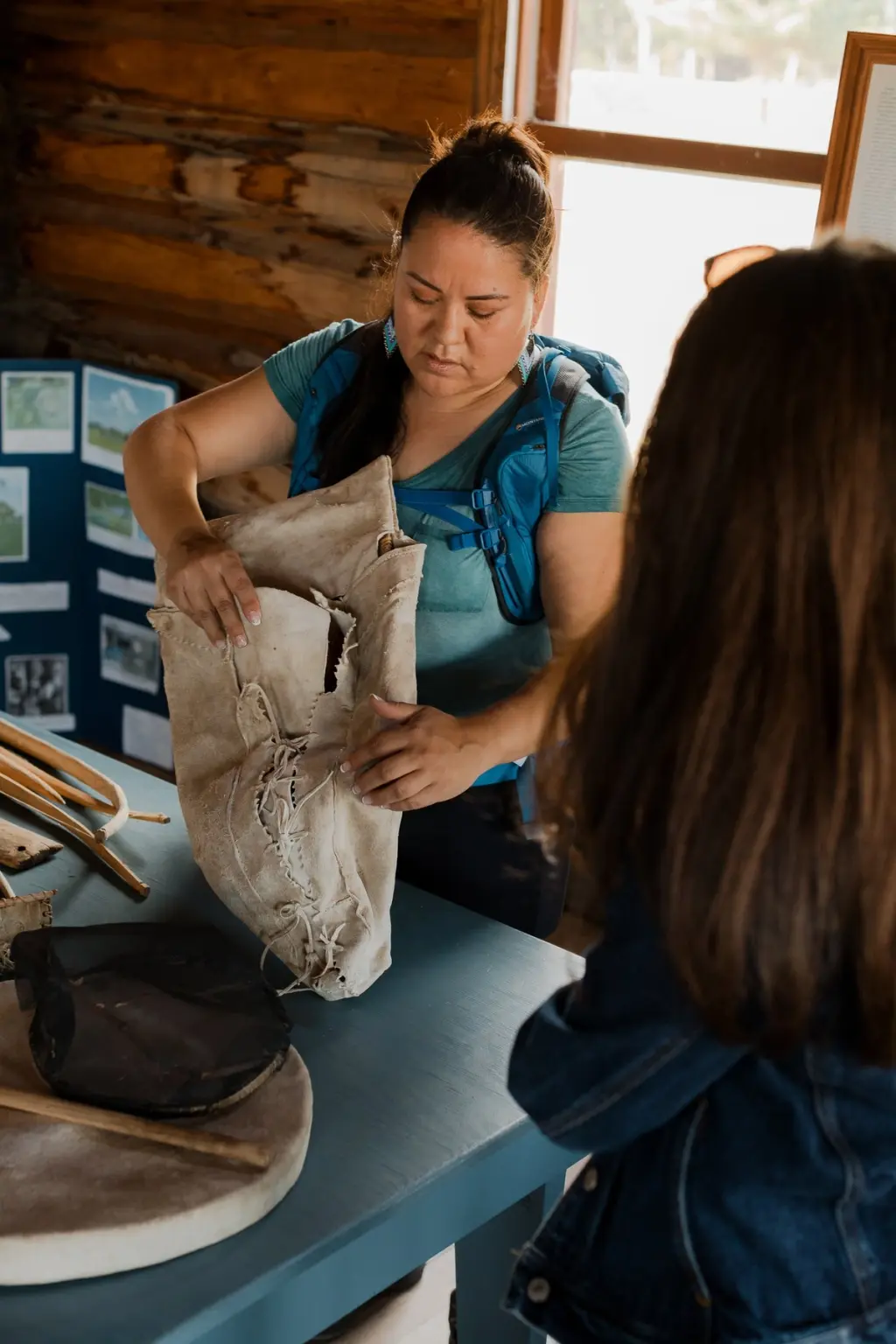
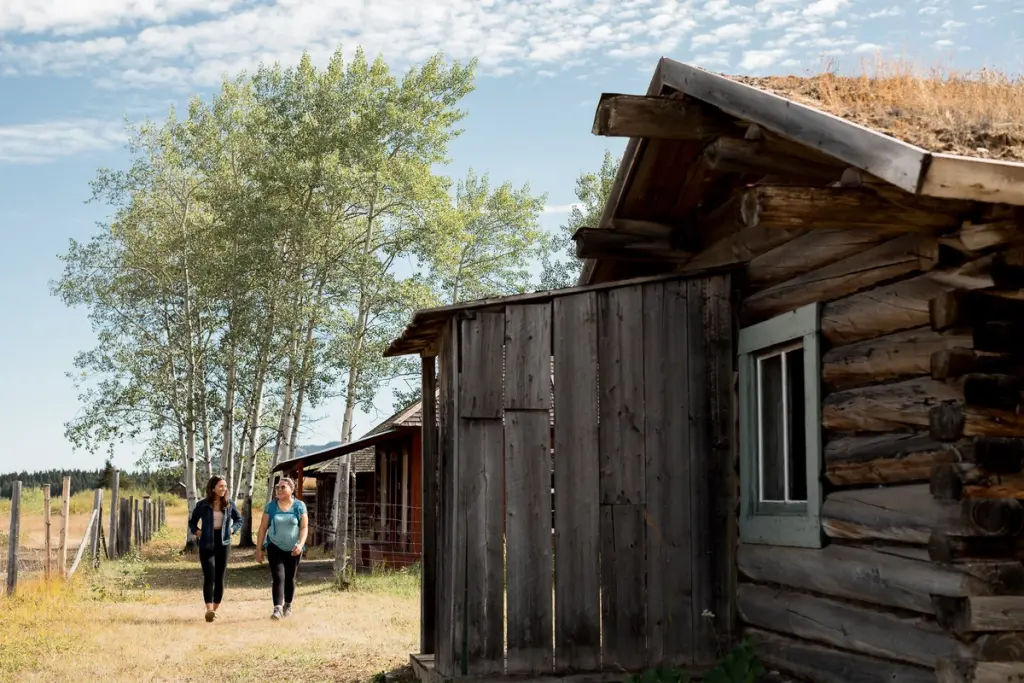
Many of the buildings have been restored, and the Fort Selkirk Historic Site is owned and managed jointly by the Selkirk First Nation and the Yukon Government. There is no road access, so a boat tour provides a beautiful commute with high chances of mountain goat and moose sightings enroute.
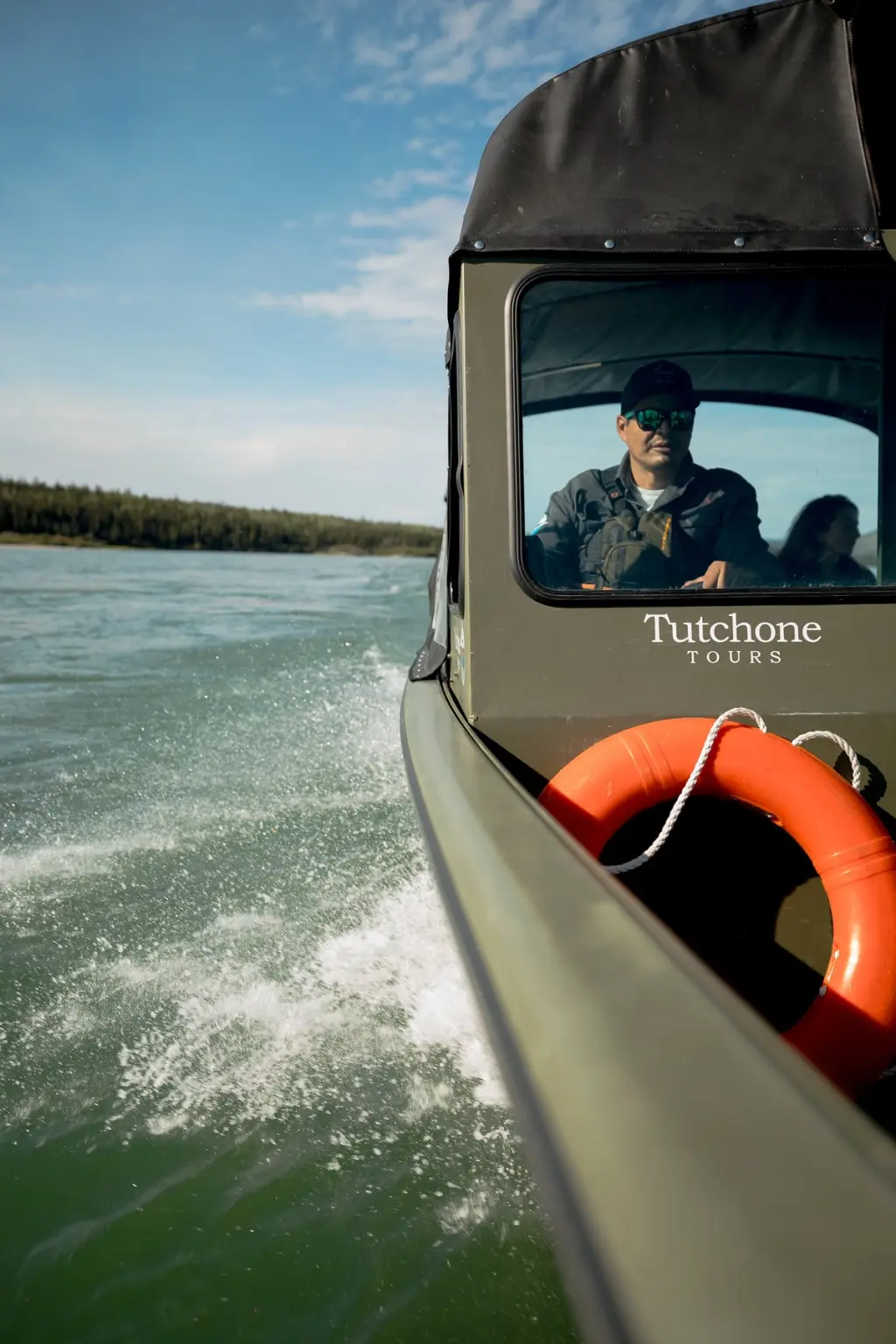
Carcross Desert
The Carcross Desert is a series of northern sand dunes that create an ethereal sandscape in striking contrast to the surrounding glaciated mountains, turquoise waters, and boreal forest. Measuring just one square mile (under 3km²), many call the Carcross Desert the smallest desert in the world! Located just under an hour south of Whitehorse, the dunes are kept dry by the rain shadow effects of the mountains in Yukon’s southern lakes region. The desert receives less than 50 cm (20 in) of precipitation annually, and as a result, several rare species of plants and insects have taken hold and thrive in the arid conditions, such as Baikal sedge, Yukon lupine, and at least five new species of moth.
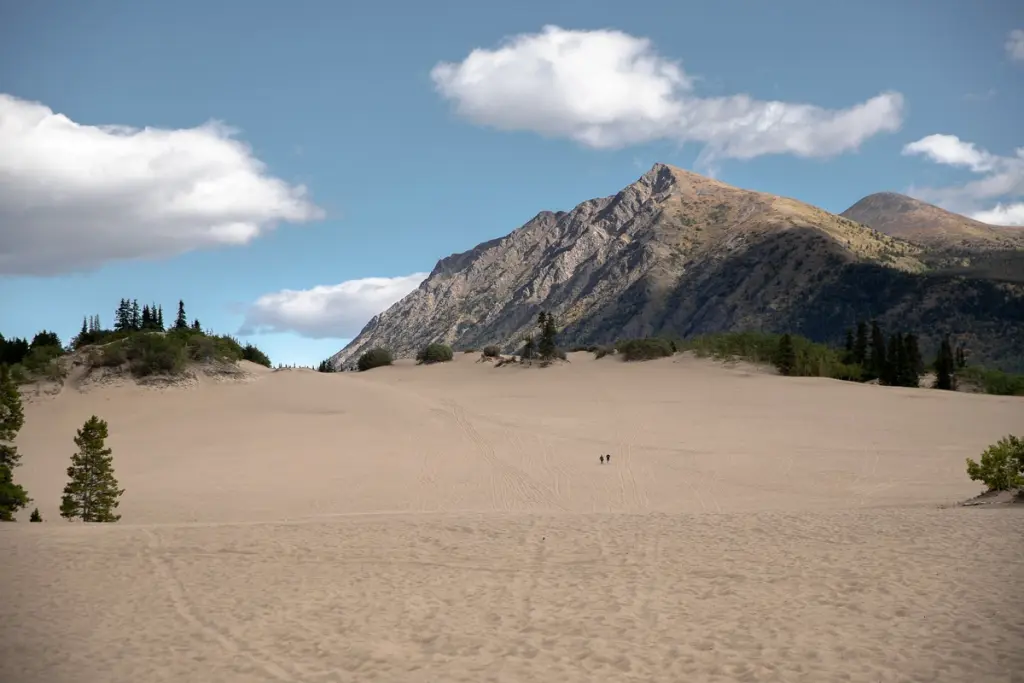

Visitors to the park reserve are free to explore the dunes on foot or in all terrain vehicles, being mindful of the delicate plant life on the perimeter and crests of the dunes. Fall colours make the short trip from Whitehorse especially beautiful, and add to the remarkable contrast between the sand and forest.
Tombstone Territorial Park
Don't let the ominous name fool you; Tombstone Territorial Park is very much alive. This wilderness, jointly managed by the Tr'ondëk Hwëch'in First Nation and the Yukon Government, sprawls over 2,200 square kilometres, preserving a unique blend of rugged terrain, permafrost formations, and abundant wildlife. The area's Hän name Ddhäl Ch'èl Cha Nän translates to "ragged mountain land." The landscape is splashed with lichen, wildflowers, and shrubs, while numerous birds and mammals either migrate through or call this place home year-round. Often likened to the "Patagonia of the North" due to its towering rocky peaks and vibrant vegetation, the park is a photographer's paradise, especially during the fall. Near the Arctic Circle, autumn makes an early entrance—by late August, vivid yellows, oranges, and reds sweep across the valleys and hills, creating postcard-worthy vistas.
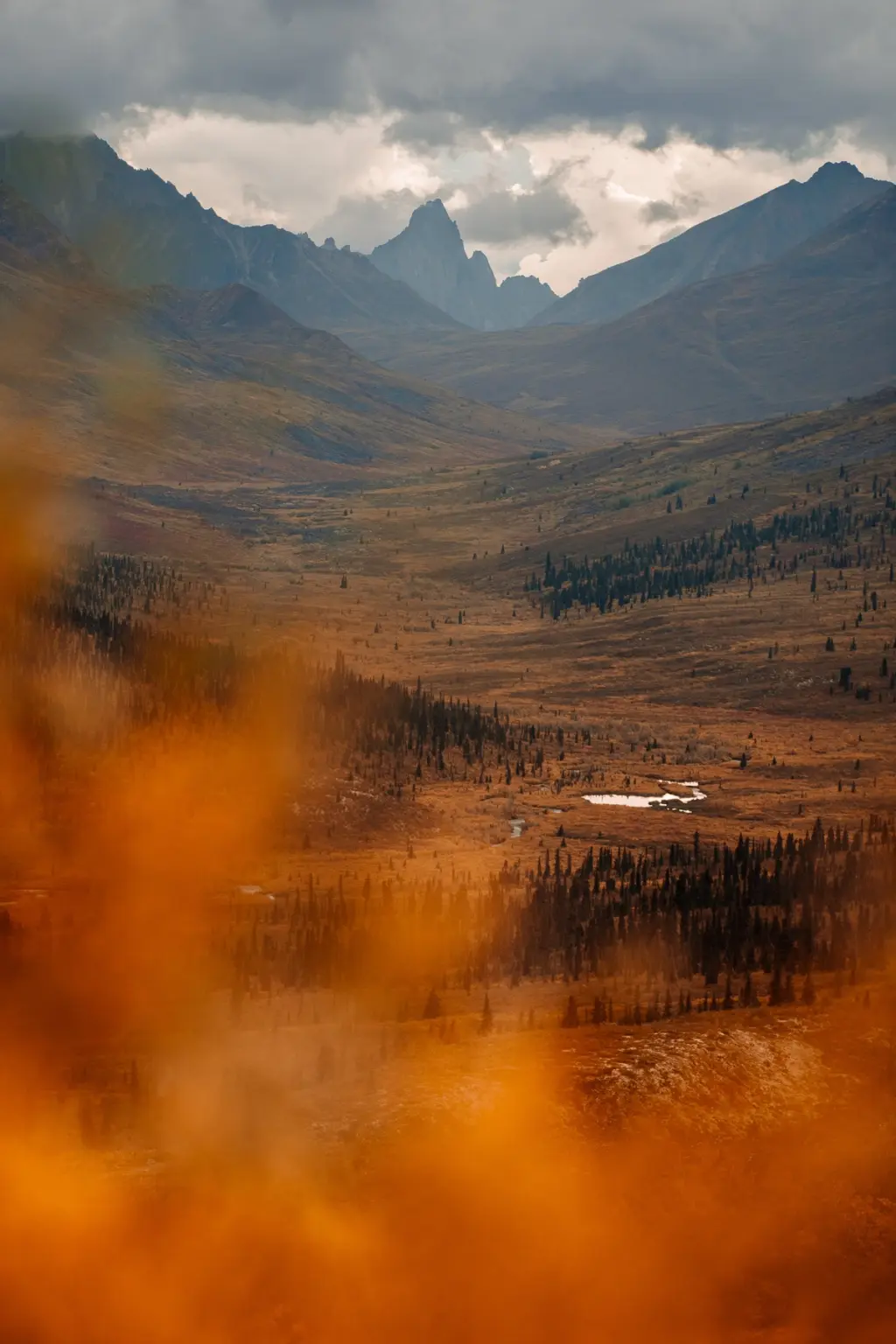
The journey to Tombstone Territorial Park via the unpaved Dempster Highway is an adventure in itself. It’s a legendary route that takes you through some of the Yukon's most picturesque landscapes. Located 1.5 hours from Dawson City, the park’s alpine lakes and rocky ridges are accessible via trails largely starting from the Tombstone Interpretive Centre. There are hikes ranging in length and difficulty, from quick guided walks to multi-day backpacking routes, with 3 backcountry campgrounds at Grizzly, Talus and Divide lakes. These campgrounds require online reservations and a camping permit. They tend to be booked up incredibly quickly, so be sure to reserve early!
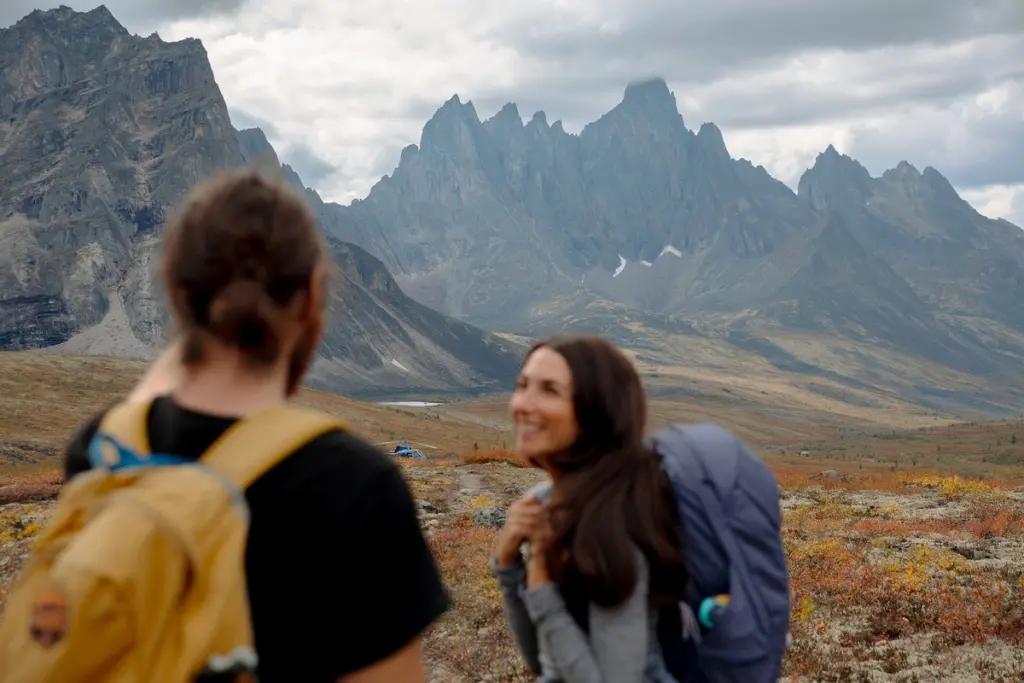
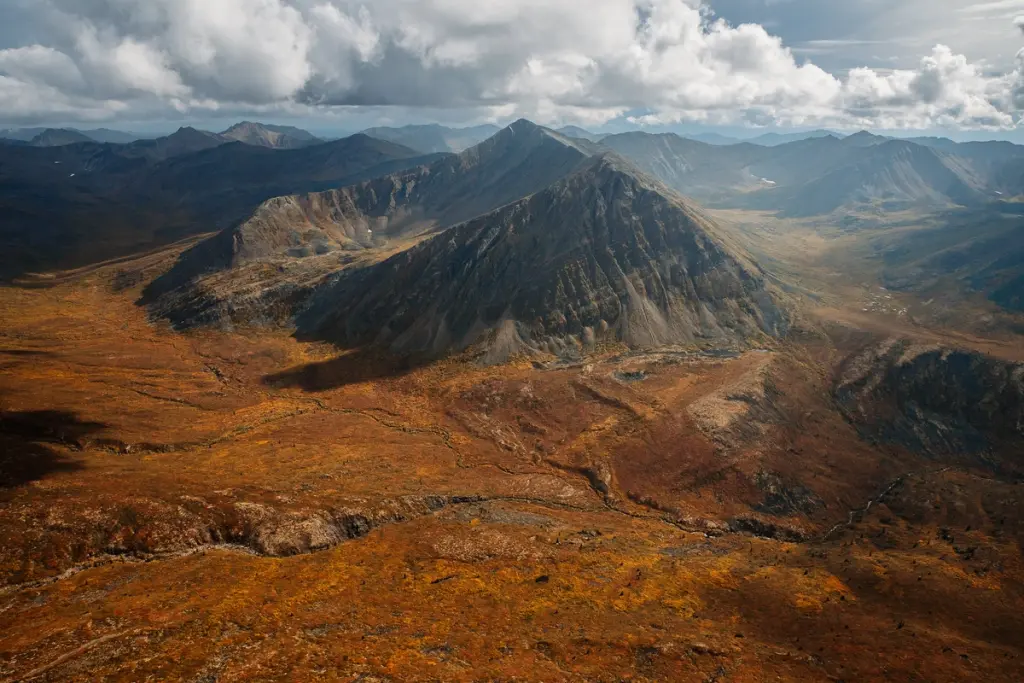
Dawson City
No trip to the Yukon is complete without a stop in Dawson City, a community steeped in history as the epicentre of the Klondike Gold Rush and the heart of Tr'ondëk Hwëch'in Traditional Territory. In the fall the days remain long but the crowds have thinned out; the town will be quiet but still full of life and charm. Thousands of people are drawn here each year to experience a taste of what life may have been like in the Klondike era.
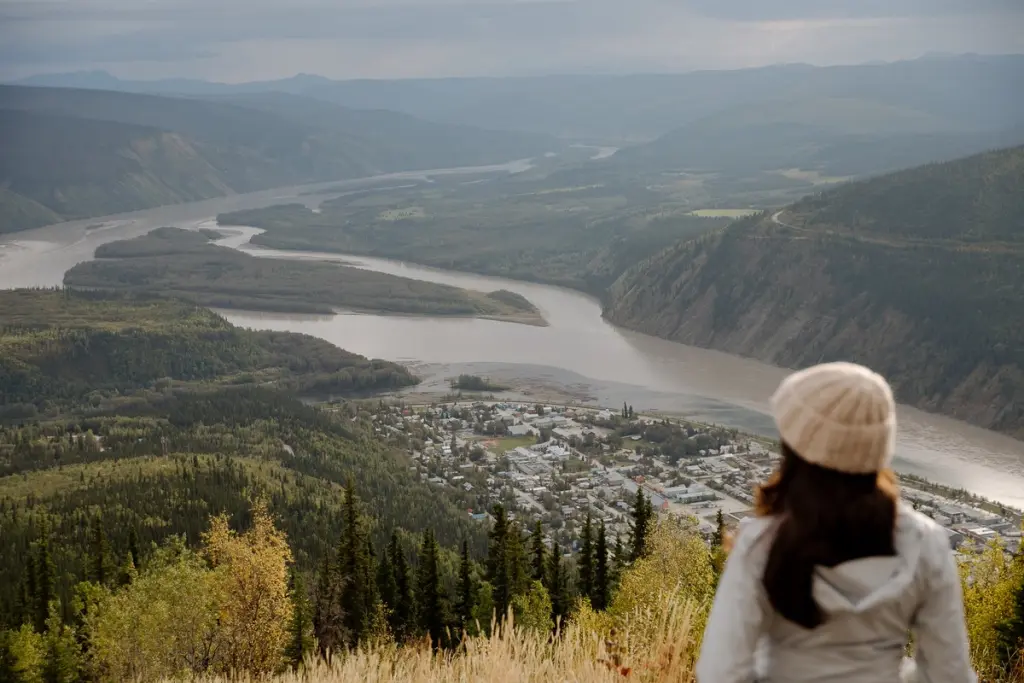
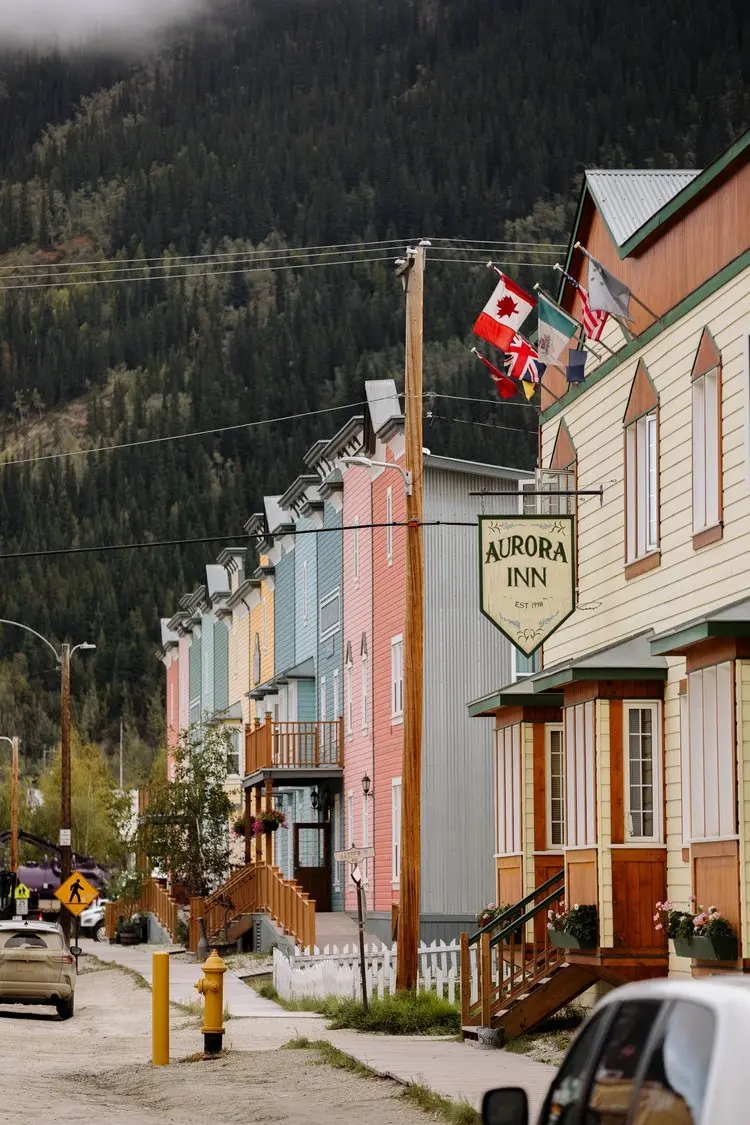
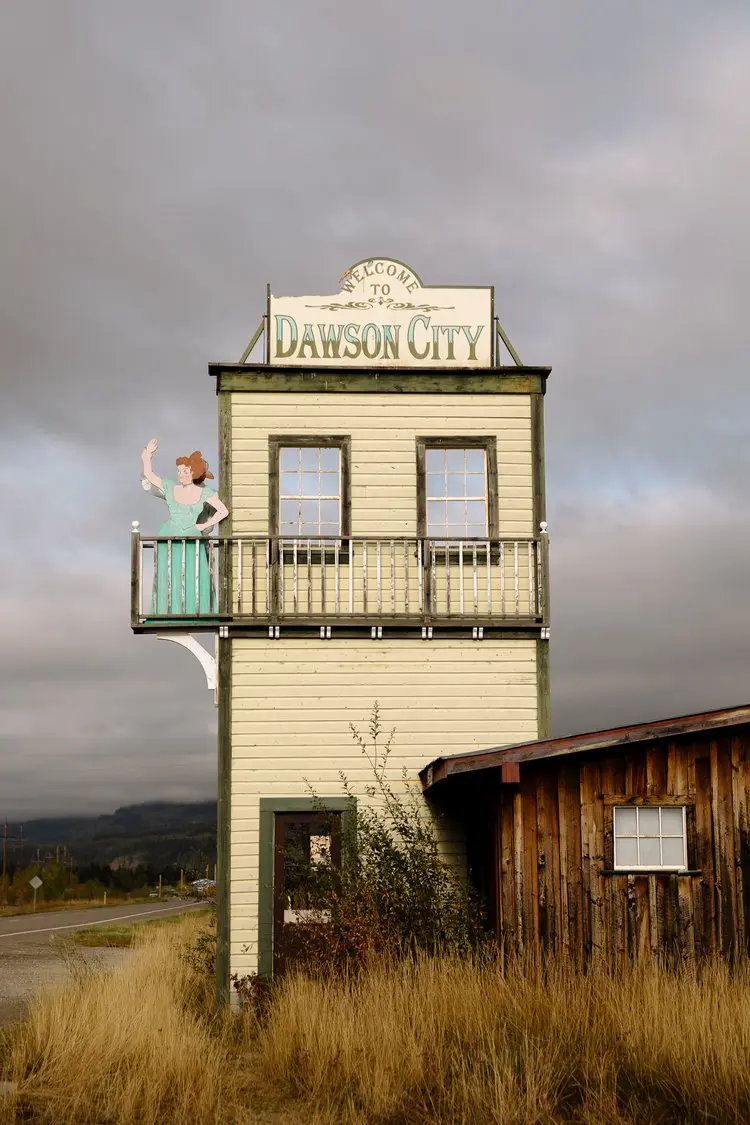
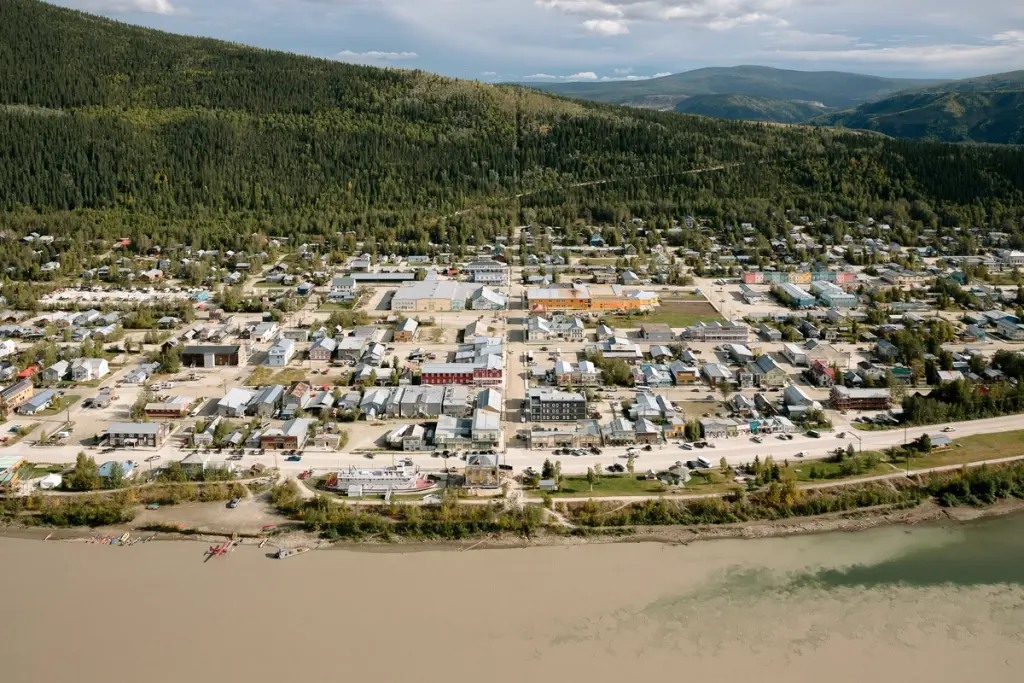
With gravel roads and chopped off toes, Dawson City is full of novelties. Most famously, the Sourtoe Cocktail at the Downtown Hotel has people lining up to take a shot of Yukon Jack Whiskey with a (mummified) human toe inside the glass. The legendary captain who serves you the concoction will lay out the ground rules: “You can drink it fast…you can drink it slow…but your lips must touch that gnarly toe.” Joining the Sourtoe Club has become a rite of passage and an odd bragging right for those who are brave (or foolish) enough to kiss the toe.
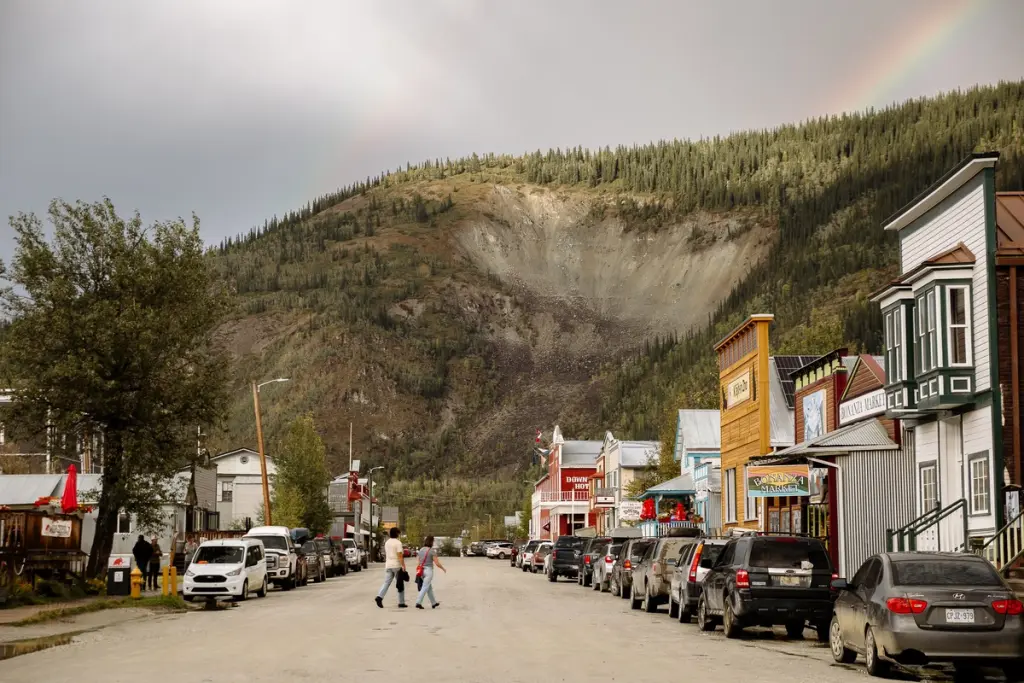
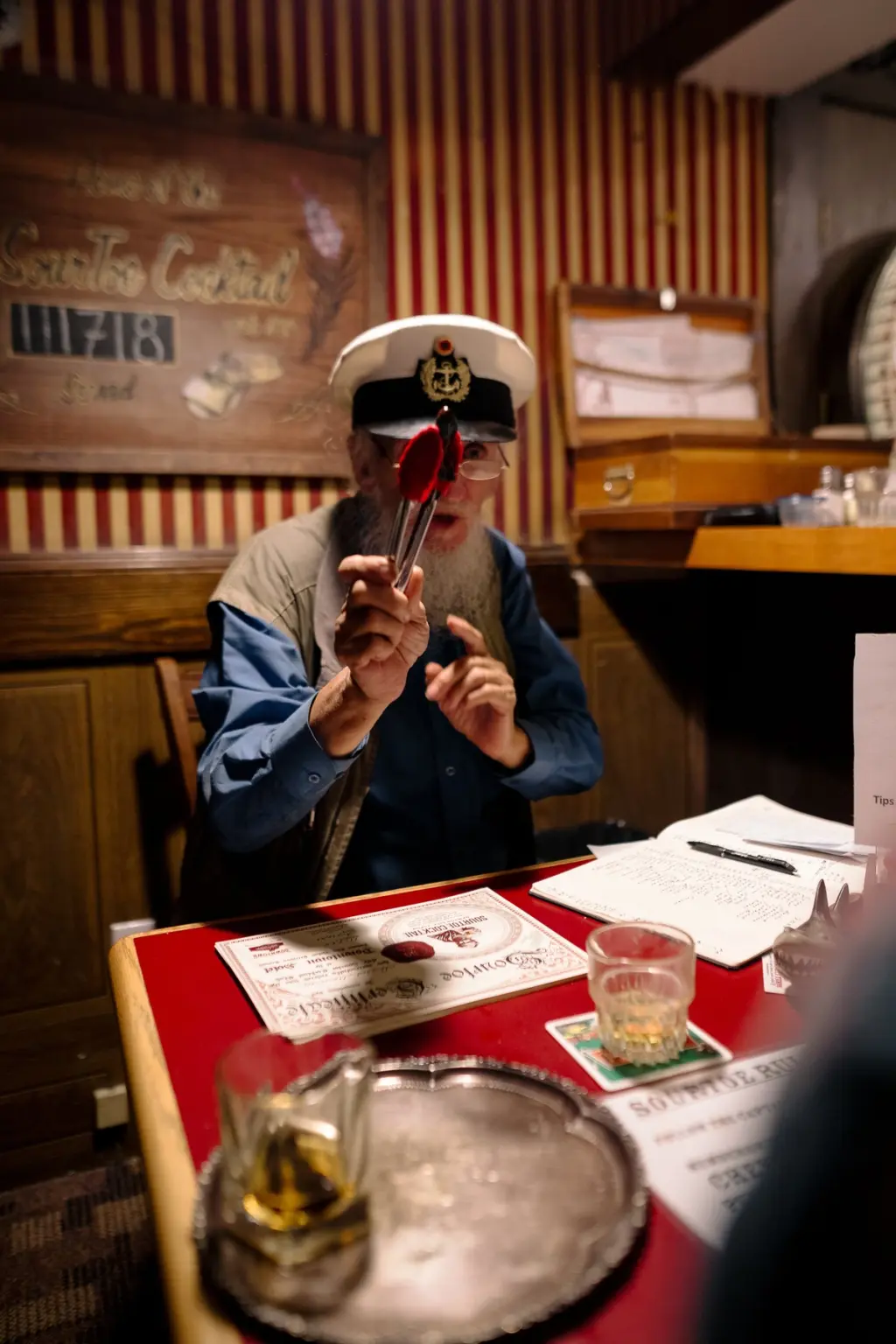
Diamond Tooth Gerties Gambling Hall is known for its lively and colourful vaudeville shows that run nightly from May to September. It’s more than worth the entrance fee to experience the high-energy Can Can dancers and crooning singers. If you don’t win big at the casino, you may have better luck at witnessing the Yukon’s best natural show in the sky, aurora borealis. The northern lights will start to become more common as the nights get longer. A great viewing point is the Midnight Dome, a 360 degree lookout above Dawson where wilderness sprawls out as far as the eye can see.
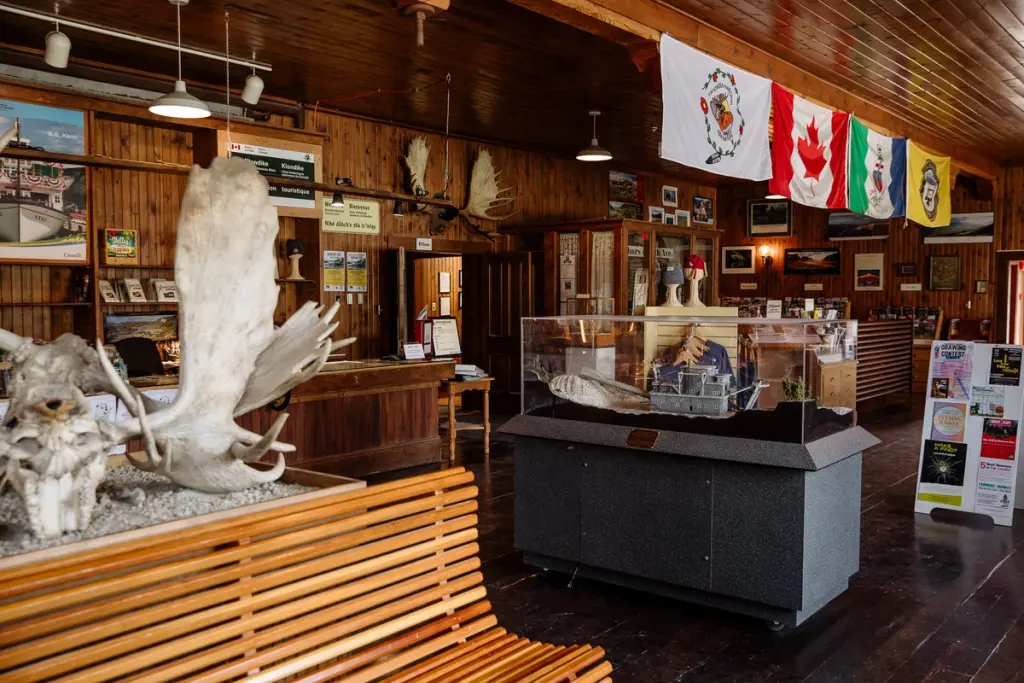

From the exhilarating flightseeing adventures that reveal the vastness of this land to the cultural immersion with Tutchone Tours, and the intriguing paradox of the Carcross Desert, the Yukon keeps surprising and captivating its visitors. This unique corner of Canada is the ideal place to escape for your next fall getaway.
We want to give a special thank you to Travel Yukon for building this beautiful trip with us for our audiences. Ready to plan your next adventure? A different world in Canada awaits!
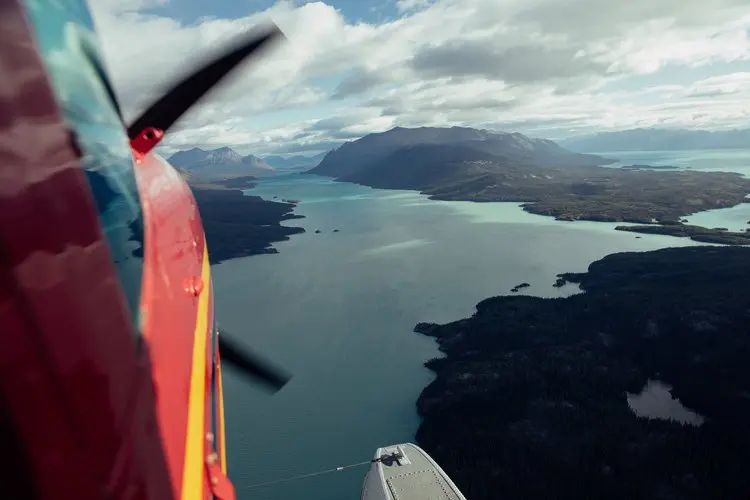




Go Canada Staff
Editorial
Go Canada is a digital travel publication dedicated to being a trusted resource for information and inspiration for those traveling to and within Canada. Our mission is to showcase the very best Canada has to offer while making travel planning and trip preparation enjoyable and easy. Our staff is a diverse group of travel experts, writers, and content creators who are passionate about sharing their knowledge and love for Canada.

